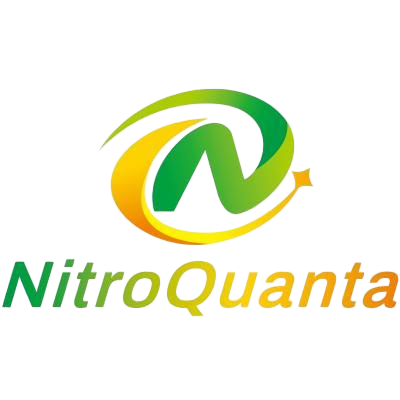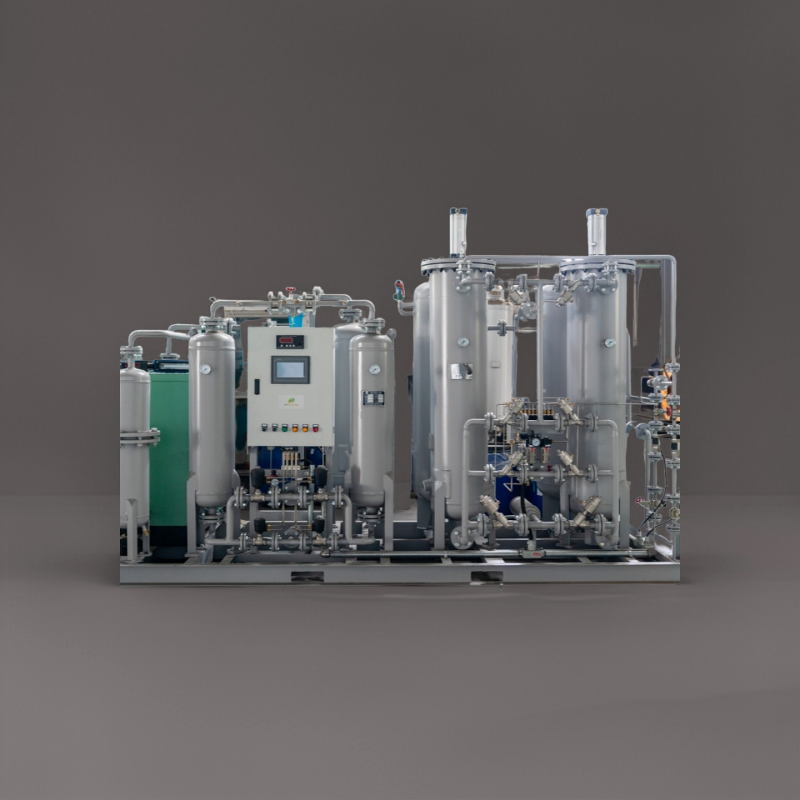Understanding the Financial Impact of In-House Nitrogen Generation
The decision to invest in a nitrogen generator represents a significant turning point for many industrial operations. As companies seek ways to optimize their processes and reduce operational costs, in-house nitrogen generation has emerged as a compelling solution. This comprehensive analysis explores the return on investment potential and long-term financial implications of implementing a nitrogen generator system in your facility.
Modern nitrogen generators have revolutionized how businesses access this essential gas, offering an alternative to traditional cylinder or liquid nitrogen delivery methods. By producing nitrogen on-site, companies can take control of their supply chain while potentially realizing substantial cost savings over time.
Financial Benefits of On-Site Nitrogen Generation
Direct Cost Savings Analysis
The most immediate and quantifiable benefit of investing in a nitrogen generator comes from eliminating recurring costs associated with delivered nitrogen. Traditional nitrogen supply methods often include expenses for cylinder rental, delivery fees, and variable pricing based on market conditions. A modern nitrogen generator eliminates these ongoing costs, replacing them with a predictable operational expense structure.
Companies typically report savings of 40-80% on their nitrogen supply costs after switching to on-site generation. For a facility consuming 1,000 standard cubic feet per hour (SCFH) of nitrogen, the annual savings can range from $50,000 to $200,000, depending on current delivery prices and usage patterns.
Operational Efficiency Improvements
Beyond direct cost savings, nitrogen generators contribute to operational efficiency in several ways. The elimination of delivery schedules and storage management reduces labor costs and administrative overhead. Staff no longer need to monitor cylinder levels, coordinate deliveries, or handle heavy gas cylinders, allowing them to focus on core production tasks.
Additionally, the consistent supply pressure and purity levels provided by a nitrogen generator can improve product quality and reduce waste in manufacturing processes. This reliability factor often translates into fewer production interruptions and better overall equipment effectiveness.
Infrastructure and Installation Considerations
Space and Facility Requirements
When evaluating a nitrogen generator investment, facility requirements play a crucial role in the total cost calculation. Modern nitrogen generators are remarkably compact, typically requiring only a small footprint compared to traditional cylinder storage areas. However, proper installation demands adequate space for the generator, compressor system, and associated filtration equipment.
The installation location must provide appropriate ventilation, power supply, and compressed air infrastructure. While these requirements represent initial costs, they often result in more efficient use of facility space compared to cylinder storage areas.
Integration and Maintenance Planning
The integration of a nitrogen generator into existing operations requires careful planning and potentially some process modifications. However, modern systems are designed for seamless integration with standard industrial compressed air systems and can often utilize existing infrastructure.
Maintenance requirements for nitrogen generators are generally minimal but must be factored into the ROI calculation. Regular filter changes, periodic sensor calibration, and occasional component replacement represent the primary maintenance costs, typically averaging 2-5% of the initial investment annually.
Long-term Value Proposition
Sustainability and Environmental Impact
The environmental benefits of on-site nitrogen generation contribute to long-term value creation. By eliminating regular delivery trucks and reducing the carbon footprint associated with nitrogen supply, companies can meet sustainability goals while potentially qualifying for environmental incentives or credits.
Modern nitrogen generators also support green initiatives through energy-efficient operation and the elimination of cylinder waste. These environmental advantages can enhance corporate image and support marketing efforts in environmentally conscious markets.
Future-Proofing Operations
Investing in a nitrogen generator positions organizations for future growth and market changes. As nitrogen demand increases, the system can often be scaled or upgraded more cost-effectively than expanding traditional supply contracts. This flexibility provides valuable operational agility in dynamic market conditions.
Furthermore, the independence from external suppliers protects against market volatility and supply chain disruptions, which has become increasingly important in recent years.
Frequently Asked Questions
What is the typical payback period for a nitrogen generator?
The payback period for a nitrogen generator typically ranges from 12 to 24 months, depending on current nitrogen costs, usage patterns, and the specific model selected. Facilities with high nitrogen consumption often see faster returns, sometimes achieving payback in less than one year.
How does nitrogen purity affect the return on investment?
Required nitrogen purity levels directly impact both initial investment and operating costs. Higher purity requirements may necessitate more sophisticated equipment, but modern nitrogen generators can achieve up to 99.999% purity efficiently, making them cost-effective even for demanding applications.
What are the key maintenance costs to consider?
Primary maintenance costs include regular filter replacements, annual sensor calibration, and periodic membrane or carbon molecular sieve replacement (depending on the technology used). These costs typically represent a small fraction of the overall savings achieved through on-site generation.

